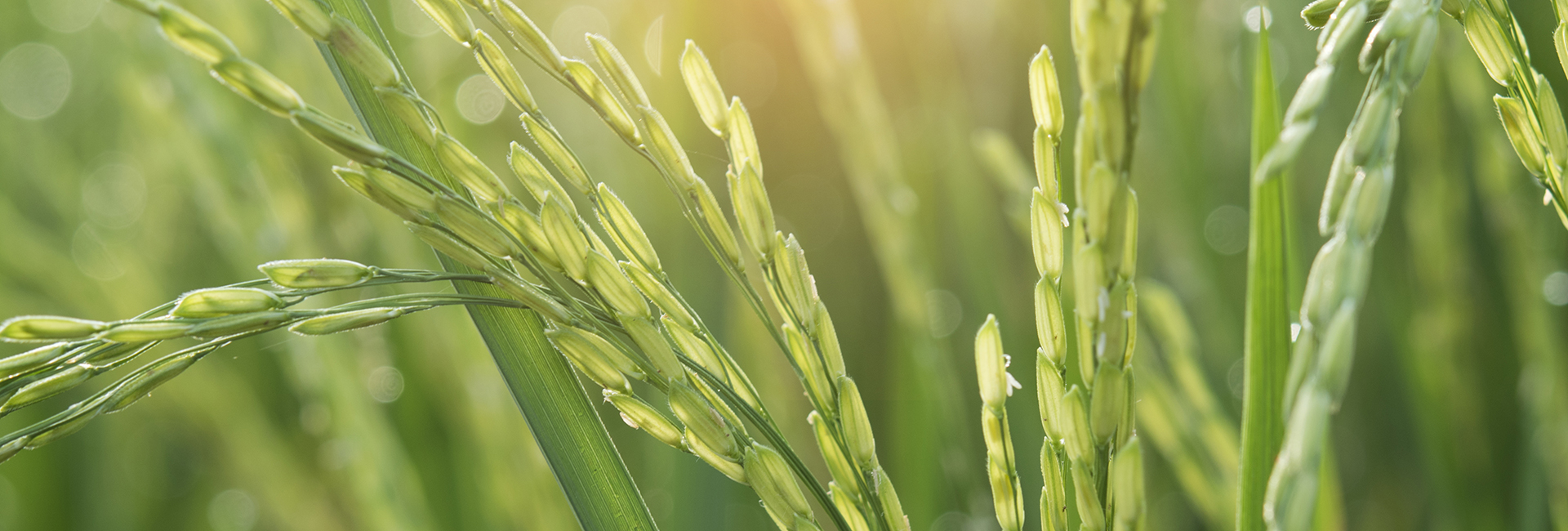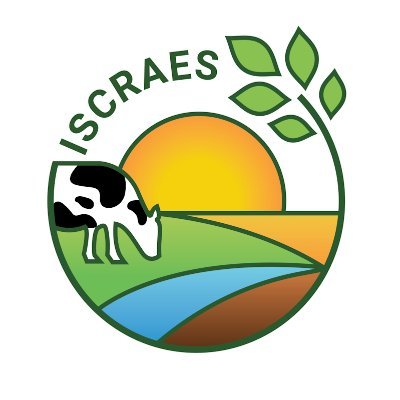The Nutrient Management Network was merged with the Conservation Agriculture Network (CAN) in early 2023. Click HERE to visit the CAN page.
____________________________________________________________
Specifiying how fertilizer source, rate, timing, and placement affect greenhouse gas emissions, both on-farm in the form of nitrous oxide emissions, and in the production cycle in the form of energy investment.
The Integrated Nutrient Management Network is a network of the Croplands Research Group of the Global Research Alliance, involving 20 researchers from 10 countries.
The network focuses on the fact that nitrogen is the limiting factor to productivity but is also responsible for direct and indirect N2O. The application of nutrients to crops may also effect the release of CH4 and CO2.
Effective practices to reduce greenhouse gas emissions can vary depending on the crop, soil type and climate. It would be very useful if the Network could combine existing information about practices in one or a series of meta-analyses that identify and account for regional differences. Some global analyses are already underway and the Alliance could contribute to these efforts.
Management factors such as the rate, timing, placement and type of fertiliser applied (including organic fertilisers) are known to affect emissions. Practices known to reduce N2O include using less nitrogen, using inhibitors, identifying the best time to apply fertiliser in order to maintain yields, and using different or coated fertilisers. A combination of approaches is needed to identify the best management options for each region.
The Croplands Research Group has suggested that other issues for the Network to consider could include the use of legumes, living mulch and green manures in cropping systems and the effect of microbial communities on N2O emissions.


